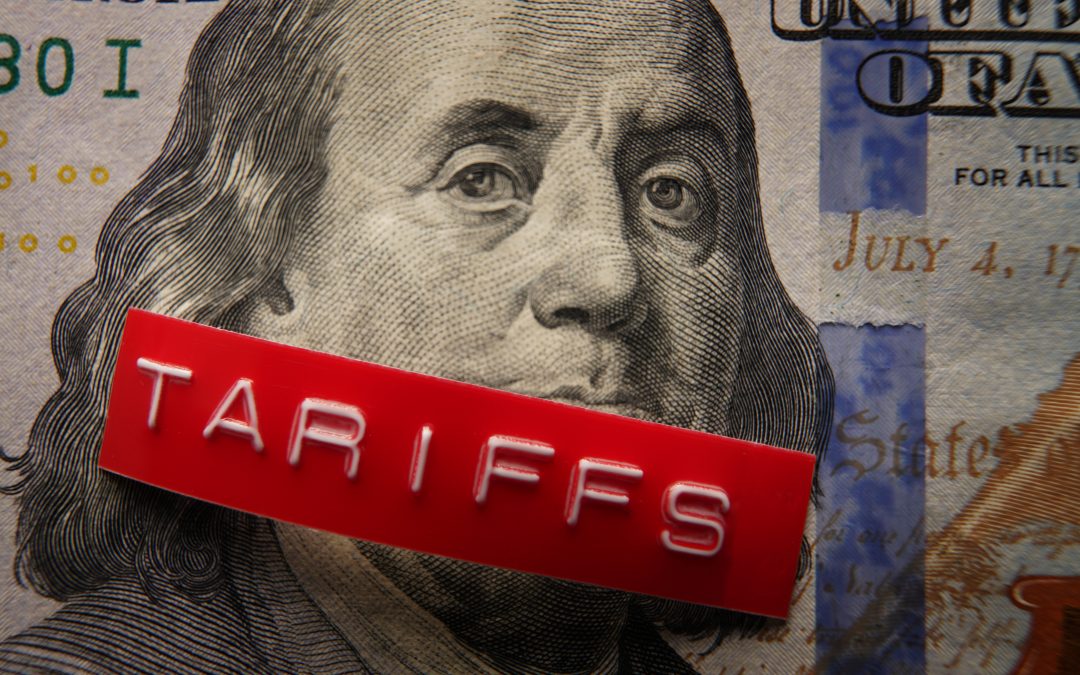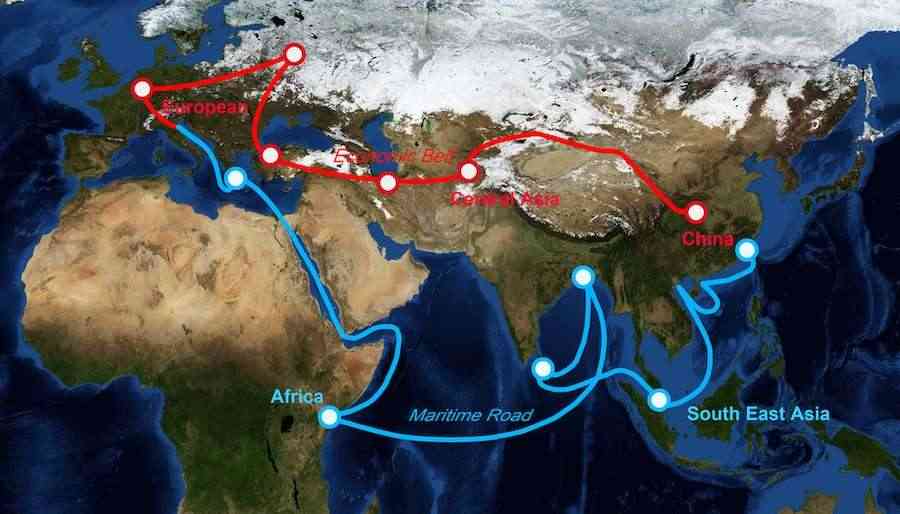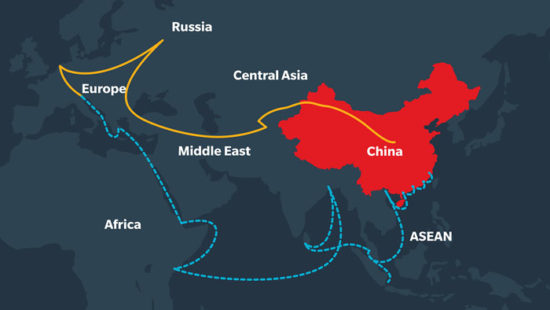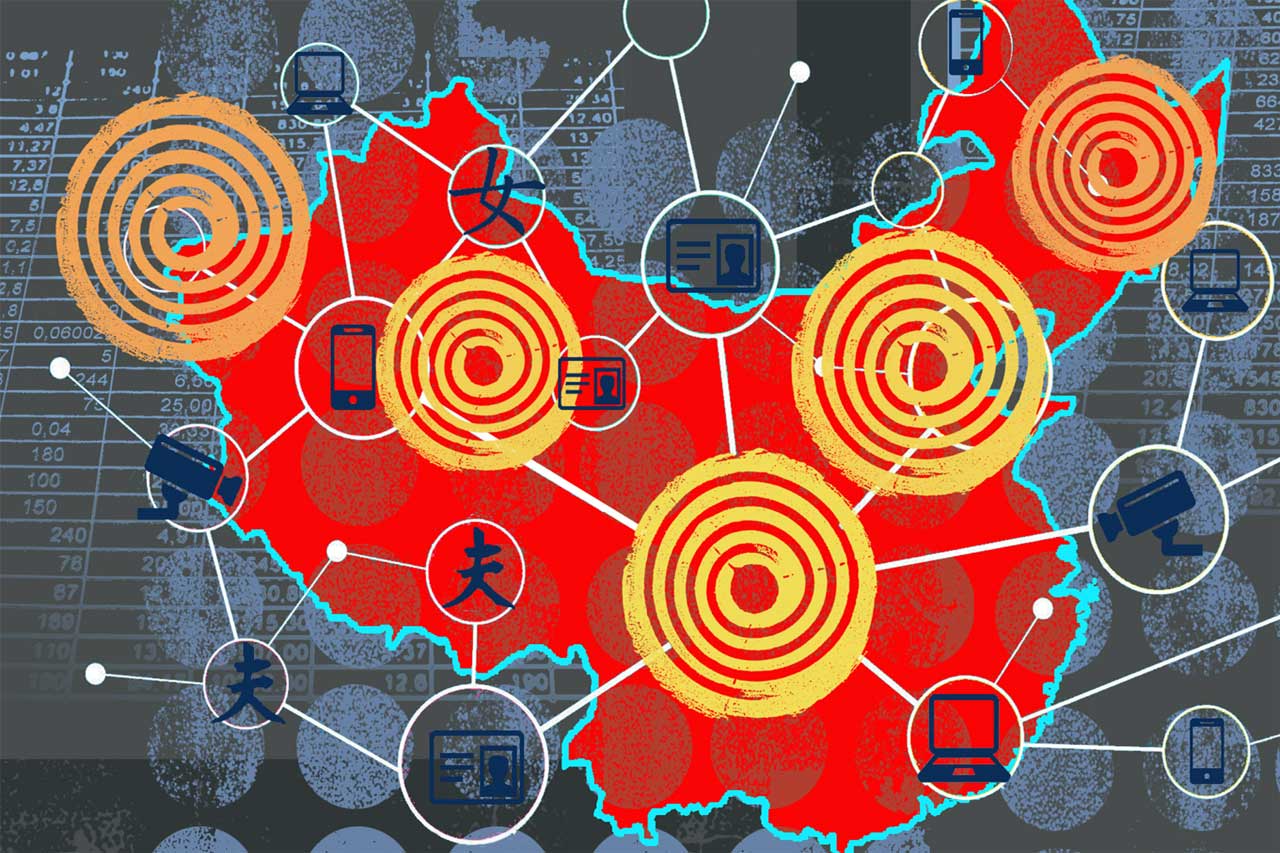In a world where economic alliances are becoming more fragile and global supply chains are still recovering from years of disruption, the United States has now taken an extraordinary leap into tariff-led diplomacy. On April 5th, 2025, the U.S. government officially implemented a sweeping tariff regime under a new “reciprocal trade framework,” setting a baseline import tariff of 10% on all foreign goods. But beneath the surface of that headline lies Annex I—a powerful and controversial list that singles out 60 countries for significantly higher tariffs, some reaching nearly 50%.
These changes are not mere numbers on a policy paper—they represent a dramatic realignment in global trade dynamics, an escalation of U.S.-China tensions, and a shot across the bow to any country with what the administration views as “unfair barriers” to American exports. With China hitting back hard, enacting 84% tariffs on U.S. goods and restricting seven critical rare earth elements, the trade battle is no longer just about deficit correction. It’s turning into a fight over strategic dominance in energy, technology, and defense.
Markets are plummeting. Supply chains are buckling. And businesses across sectors—from electronics to military hardware—are scrambling to assess the fallout. This blog breaks down Annex I in full, explains what it means for industries and investors, and explores China’s counter-moves and their geopolitical implications. If you rely on international trade, this is the economic frontline you need to understand.
What Is Annex I?
Annex I, officially released on the White House website on April 7, is a list of countries that will face tariffs beyond the 10% baseline. These nations have been flagged for:
- High barriers to U.S. exports
- Tariff asymmetries
- Market practices deemed hostile to fair trade
Top Tariff Recipients from Annex I:
| Country | Tariff Rate |
|---|---|
| Cambodia | 49% |
| Vietnam | 46% |
| Myanmar | 44% |
| Sri Lanka | 44% |
| China | 34% |
| Thailand | 36% |
| Japan | 24% |
| South Korea | 25% |
| European Union | 20% |
| India | 26% |
| South Africa | 30% |
Nations such as Canada and Mexico have been spared this round, as they fall under preexisting bilateral agreements.
Tariff Stacking: The Hidden Cost
For some goods, the effective tariff will be significantly higher due to stacking:
- Chinese imports may now face:
- 34% under Annex I
- 20% under IEEPA (due to fentanyl concerns)
- Plus any Section 301, anti-dumping (AD), or countervailing duties (CVD)
For example, wooden furniture from China may now carry effective tariffs above 79%. This could trigger a major reshuffling of global supply chains as importers scramble for alternatives.

Tariff Timelines & Enforcement
The White House clarified:
- Baseline 10% tariffs: Apply to goods loaded after April 5, 12 AM EST
- Annex I elevated tariffs: Start on April 9, 12 AM EST
Goods already en route but not yet cleared by customs could fall into a grey area—likely causing a spike in legal and logistical headaches for importers.
China’s Response: Rare Earth Restrictions & Tariff Hike
China has retaliated swiftly, not only by increasing tariffs on U.S. goods to 84% but by restricting rare earth exports crucial to U.S. tech and military operations. The Ministry of Finance stated:
“This is another mistake by the United States. It infringes on China’s legitimate rights and damages the rules-based multilateral system.”
China’s Rare Earth Restrictions Target 7 Key Elements:
These elements are essential in:
- Missile systems
- Drones
- Radar
- Electric vehicle motors
- Wind turbines
The U.S. imports over 80% of its rare earth elements from China. Supply disruptions could hinder everything from Tesla’s battery production to Raytheon’s defense contracts.
Market Reaction: Red Lights Flashing
- Brent crude: Down 3.8%, lowest since Feb 2021 at $59.30/barrel
- WTI crude: Down 3.7% to $56.00/barrel
- OMXSPI (Stockholm Index): Dropped 1.2% in one minute, with giants like AstraZeneca falling 6.2% and Investor AB plummeting 6.4%
- S&P 500: Down nearly 4.5% over the past five sessions
What’s in Annex II?
While Annex I gets the headlines, Annex II—the tariff exclusion list—is the secret weapon for importers.
Annex II outlines product categories that are exempt from the 10% baseline tariff. These include:
- Critical medical devices
- Rare earth processing machines
- Select clean energy components
- Defense-related technology (subject to licensing)
This selective exemption hints at a broader strategy: leverage tariffs as both punishment and incentive.
The Real Strategy: Trade War or Trade Leverage?
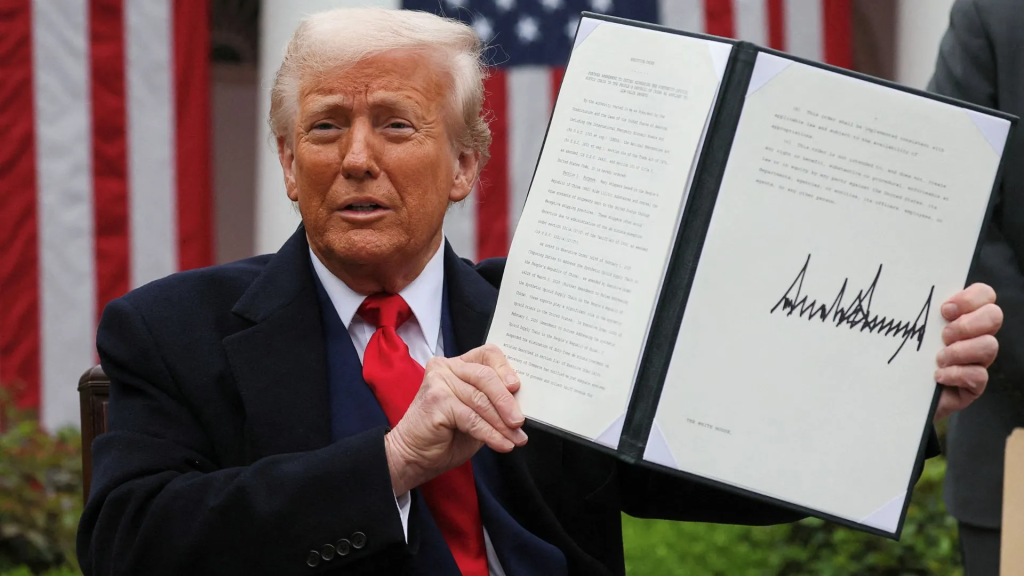
The administration argues this is not a trade war, but a negotiation tactic. Countries on the Annex I list have the opportunity to reduce their tariffs—if they reduce barriers to U.S. imports.
“We’re not shutting doors; we’re demanding reciprocity,” said a senior USTR official.
This plays directly into the deficit-reduction goals of the administration. With China, the U.S. ran a $382 billion trade deficit in 2024. For Vietnam and India, deficits have also ballooned to $136 billion and $78 billion, respectively.
Business Impact: Who Gets Hit the Hardest?
Losers:
- U.S. importers relying on Asia-Pacific supply chains
- Retailers in furniture, clothing, and consumer electronics
- Defense contractors lacking REE stockpiles
- U.S. farmers (due to China’s reciprocal tariffs on soy, pork, and wheat)
Winners:
- Domestic manufacturers
- Alternative sourcing nations (Mexico, Brazil, Taiwan)
- REE recyclers and domestic miners (e.g., MP Materials)
- Legal and trade consulting firms
What Investors Should Watch Next
- Bilateral trade talks: The U.S. hinted at backdoor negotiations with the EU and Japan.
- Stockpile strategies: The Pentagon may move to subsidize REE alternatives or incentivize domestic mining.
- Global WTO cases: Several countries are likely to file challenges in coming weeks.
- Domestic backlash: Tariffs are essentially a tax—will U.S. consumers absorb the cost, or will inflation rebound?
Conclusion:
The U.S.-China trade war has moved beyond tit-for-tat tariffs. What we’re witnessing is a seismic shift in how the world’s two largest economies are choosing to engage—or disengage—with each other. The new U.S. strategy, as detailed in Annex I, is more than just a punitive measure; it’s a calculated move to restructure global trade relations and pressure foreign governments to lower their own barriers to American exports.
But China’s response, particularly the rare earth element restrictions, reveals that this is not a one-sided game. These REEs power everything from F-35 fighter jets to electric vehicles. By cutting off access, China is weaponizing its dominance in critical minerals, sending a message that retaliatory leverage goes far beyond tariffs.
Amid this standoff, investors, policymakers, and multinational companies must adapt to a new reality—one where trade is less about cooperation and more about leverage and national strategy. The financial fallout, especially in commodity and defense markets, is already being felt. And as the situation develops, we may see more countries forced to choose sides in this high-stakes economic chess match.
As trade strategist Mattias Knutsson aptly put it:
“This isn’t protectionism in the old sense. It’s economic brinkmanship at a global scale. The U.S. wants leverage. But the moment China weaponized rare earths, the battlefield expanded far beyond trade. It’s now geopolitical.”
Knutsson’s words underscore the seriousness of this shift. This is no longer just about tariffs—it’s about the balance of power in a fractured global economy. If your business or industry touches international trade in any form, the time to prepare is not tomorrow, but today.

